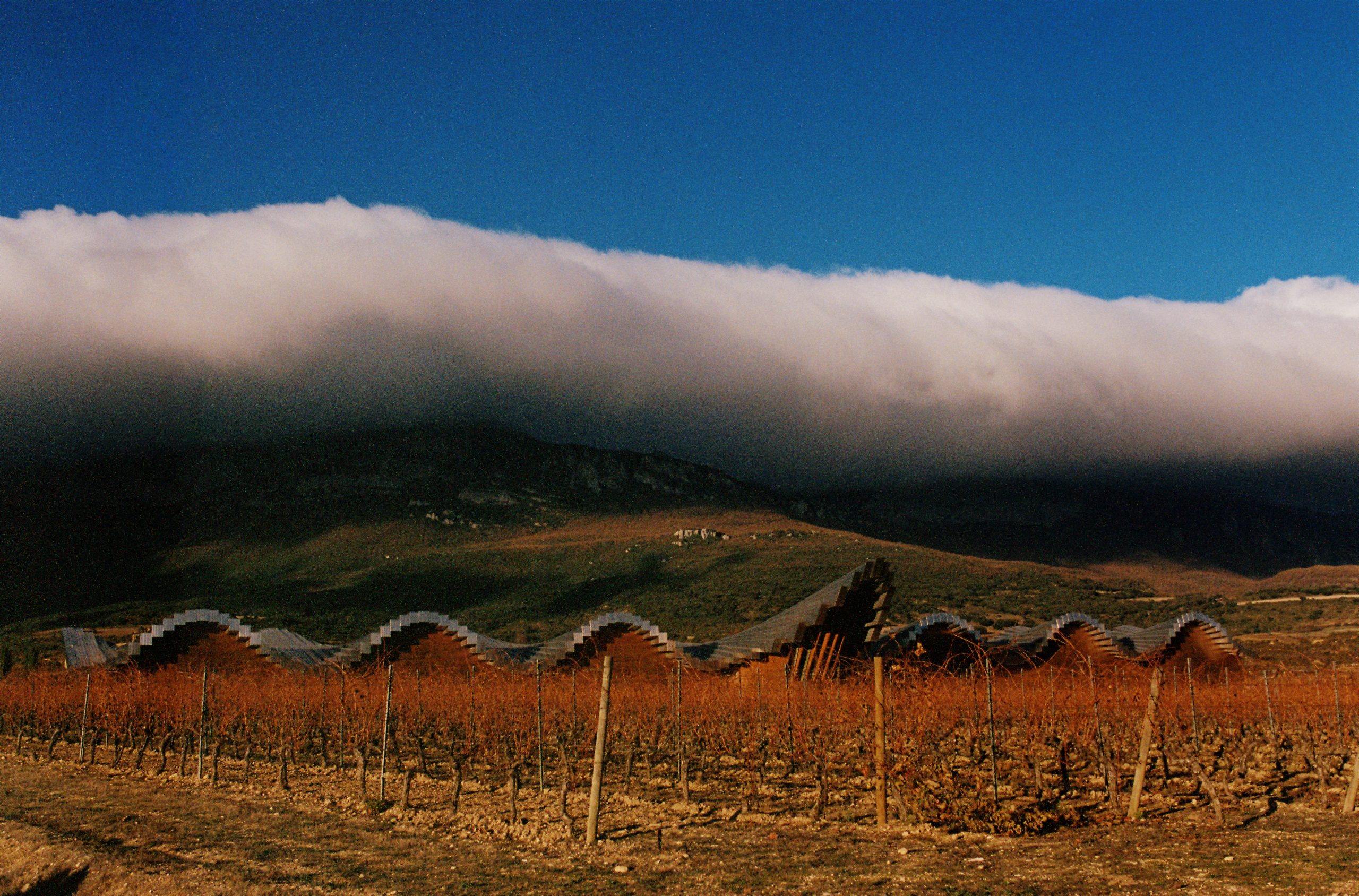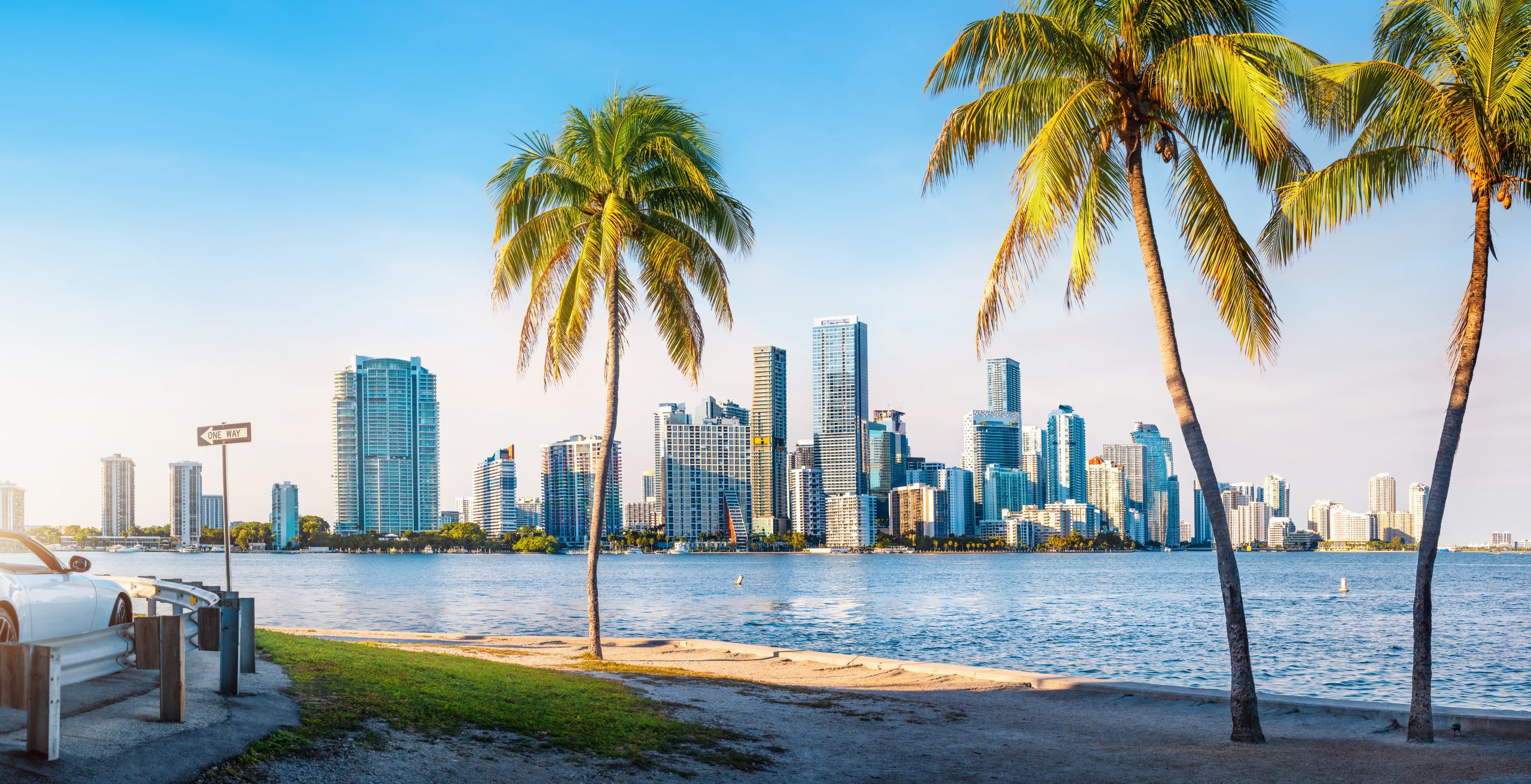WSTA hits back at ‘sensationalist’ pesticides in wine study
The wine trade has hit back at reports on the presence of pesticides in bottles of wine with the Wine and Spirit Trade Association (WSTA) calling it “sensationalist”.

Last week, the drinks business reported on how official data analysed by a non-profit organisation, the Pesticide Action Network (PAN) has suggested a big jump in the proportion of wine that contains multiple pesticide residues.
But the study was slammed by the WSTA with chief executive Miles Beale saying that organic wine “does not mean pesticide-free” – and highlighted how pesticides can be derived from plants rather than chemicals.
Beale said: “Government runs a surveillance programme for pesticides in commonly consumed foodstuffs. This is a rolling programme and the foodstuffs sampled change on a year-by-year basis. In 2022 the sampling programme included wines. In total 72 wines were sampled only one had residues above the permitted amount.
“The Pesticide Action Network (PAN) report is sensationalist and potentially damaging to the wine trade. Organic wine does not mean pesticide-free and pesticides can be derived from plants rather than chemicals. What this report does not make clear is that all the wines tested, bar one, were within the legal limits.
“Vineyards across the globe are doing all they can to minimise pesticide use and the use of pesticides in vineyards, and in agriculture more generally, is tightly controlled. Only permitted pesticides can be used on vineyards and only at levels which have been deemed to be safe.”
Partner Content
Threat to health
The response comes as the PAN said that the overuse of pesticides in wine production not “only poses a threat to the health of British consumers but also to those living and working in wine-producing areas”.
Nick Mole from PAN UK described the “massive rise” in what he referred to as ‘pesticide cocktails’ which “should be of grave concern”.
He said: “We know that chemicals can become more harmful when combined, and yet we continue to set safety limits for just one chemical at a time. Wine lovers shouldn’t have to risk exposure to an array of hazardous pesticides when they fancy a tipple. The organic wine sector is flourishing, proving that it is 100% possible to produce wine without relying on toxic chemicals.”
MRL
But despite the findings, the maximum residue level (MRL), which is the highest level legally tolerated in or on food or feed, was not exceeded in any of the samples, according to the PRiF and as outlined in Beale’s response.
As a result the residues detected by the laboratory would not be expected to have an effect on human health.
It said: “We do not expect these residues to have an effect on health, either separately or in combination. The pesticide residues found in each sample do not include more than one of the pesticides from the groups that the Health and Safety Executive (HSE) consider separately.”
Related news
'Like an April Fool’s joke': drinks trade slams EPR fees as ‘flawed’ scheme goes live
Drinks industry challenges ‘flawed’ waste packaging scheme
Extended producer responsibility: what it means for the alcohol industry




